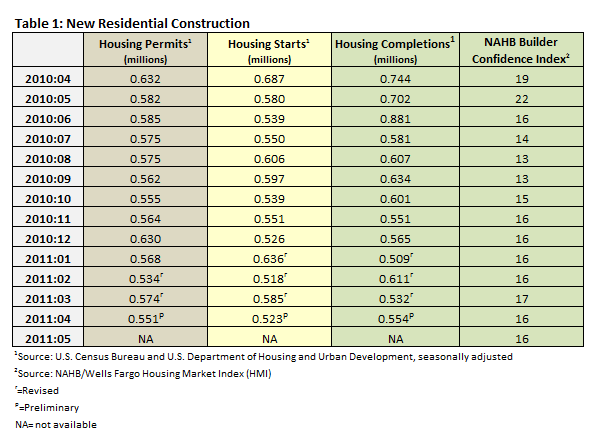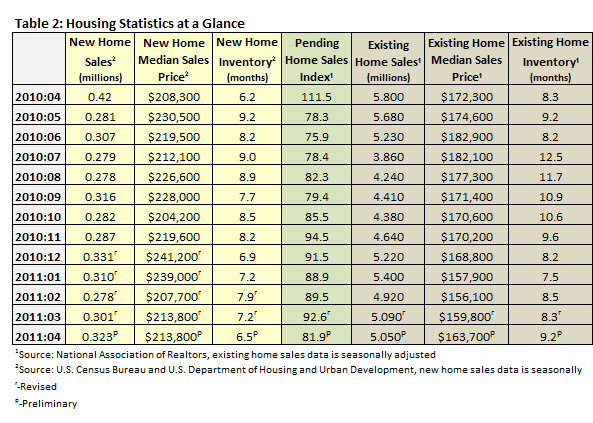
Two recent pieces of news will have an offsetting effect on movement in the housing market. Applying negative pressure will be the growing number of adjustable rate mortgage resets and recasts on the horizon.
A reset refers to a change in the interest rate of a loan; while a recast refers to the process in which a loan is recalculated taking into account both the new interest rate and the remaining principal to fully amortize the loan over the remaining term.
In 2011, upwards of 1.74 million mortgages (worth up to $421 billion) are due to be reset or recast. Though not all of these mortgages will end up in delinquency, a significant number of these homeowners will find themselves unable to make the new, higher payments and end up in either short sales or foreclosures. According to Kevin Brekke of Casey Research, this wave of resets will continue through late 2012. “With house prices behaving like they intend to resume the trajectory of descent seen in 2008/2009, a bottom in housing prices does not look possible until at least 2013.”
While the potential for new foreclosures will place downward pressure on the housing market, two recent court findings could have the opposite effect. In U.S. Bank v. Ibanez a court determined that a bank cannot foreclose on a homeowner unless the bank can produce clear title to the property. Recently, the Massachusetts Superior Court, ruling in the case of Bevilaqua v. Rodriguez, found that a homeowner cannot obtain clear title to an improperly foreclosed-upon property.
This decision could benefit the solid wood industry to the extent that knowledgeable home buyers may shy away from foreclosure sales that may not have clear title and opt for new homes instead. Although we have not seen movement in this direction to date (in large part because the median new-home price in March was 34 percent higher than the median existing-home price), we still believe there could be some momentum for the new home market as case law becomes more definitive and if the new-home price premium shrinks.
Residential construction statistics for April reinforce the fact that we are not yet there, however. Housing numbers across the board reinforce the fact that the housing market is still lost in the woods, uncertain which direction to take. April housing starts were 10 percent below March’s level, coming in at a seasonally adjusted annualized rate of 523,000. This is 23.9 percent below April 2010’s numbers (Table 1). Permits fell 4 percent to an adjusted annual rate of 551,000 (12.8 percent below the April 2010 number). Completions were 4 percent higher, though still down 25.5 percent year over year. Builder confidence remained unchanged at 16.

New home sales were the single piece of good news in this month’s statistics. Sales totaled 323,000 units a 7.3 percent increase month over month, though they are still 23.1 percent below April 2010’s level (Table 2). Inventory stands at 6.5 months.

Existing home sales and the pending home sales index both dropped in April. Existing home sales fell just under 1 percent in April (down 12.9 percent year over year) to 5.05 million on an annualized basis (Table 2). Inventory stands at 9.2 months. The National Association of Realtors (NAR)’s chief economist, Lawrence Yun attributed the poor performance to “unnecessarily tight credit . . . and a steady level of low appraisals that result in contract cancellations.”
The NAR also reported a decrease of 11.6 percent in its Pending Home Sales Index, which fell to 81.9 (Table 2); this is 26.5 percent lower than April 2010.
The NAR attributed the drop to “unusual weather and economic softness.” Yun said the following: “The economy hit a soft patch in April from sharply rising oil prices, widespread severe weather with the heaviest precipitation in 20 years, and a sudden rise in unemployment claims. Nonetheless, the magnitude of the fall in pending home sales is larger than can be implied by broad economic factors, so we need to see if it’s just a one-month aberration.”
Mortgage rates—together with home prices—continue to make housing more affordable than ever (Table 3). For the week ending June 1, the interest rate on a 30-year fixed mortgage was 4.58 percent.
Ultimately, however, the interest rate means nothing if banks refuse to lend. In an NAR press release, Yun made the following observation: “No doubt the continuing excessively tight mortgage underwriting process is making the housing market recovery unnecessarily slow. Lenders and bank regulators need to be mindful of the historically low default rates among mortgage borrowers of the past two years. A robust economic and housing market recovery cannot occur as long as banks continue to hold onto huge cash reserves. We simply have to get back to sound, common-sense lending standards to provide mortgages to creditworthy borrowers who are buying homes well within their means. Bank balance sheets show rising cash reserves and declining loan balances—it’s time to loosen the purse strings.”


 Suz-Anne Kinney
Suz-Anne Kinney


